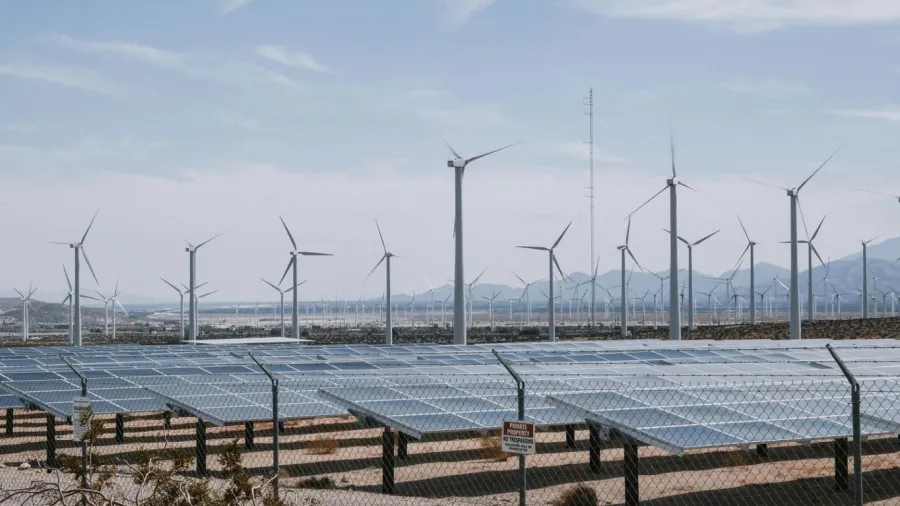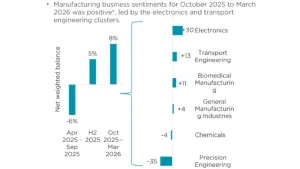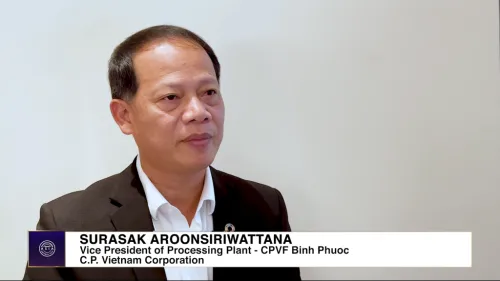
Clean energy technology spending to reach $670b in 2025
This is driven by a significant increase in solar energy capacity.
Clean energy technology spending is set to reach $670b in 2025—surpassing upstream oil and gas for the first time— with solar PV accounting for half of all cleantech investments, according to an S&P Global Ratings report.
This is driven by a significant increase in solar energy capacity, with at least 620 gigawatts of solar and wind capacity coming online in 2024. Battery energy storage systems will also surpass pumped hydro storage in installed capacity.
"This massive build-out will require an estimated $640 billion, matching the projected spending on upstream oil and gas, including LNG liquefaction and pipelines," the report read.
However, the report noted that the oversupply of cleantech equipment from China is exerting significant pressure on international markets, particularly in the solar, wind, and battery sectors.
Over the past two years, the rapid expansion of cleantech supply chains has outstripped market demand, leading to substantial price declines in 2023 and 2024.
Whilst price drops are expected to moderate in 2025, the effects of oversupply will still be felt especially in energy storage systems where there is fierce competition to suppress prices.
Currently, data centres account for around 200 terawatt-hours (TWh) or 35% of the total estimated global corporate clean energy procurement, which will rise exponentially in the next five years.
Moreover, artificial intelligence-based trading applications are becoming more prevalent as they can mitigate risks associated with substantial discrepancies — up to 700% — between forecast and actual generation.
S&P said that by employing predictive modelling techniques and machine learning, AI is being used to develop advanced weather forecasting tools, enabling more accurate price predictions and automated trading strategies.
According to Deloitte, with the possibility of policy and regulatory changes following the United States elections, companies may employ a “wait and see” approach in 2025.
It could also impact regulations and climate policy across the globe, which in turn may influence companies’ appetites for investment and customer demand for clean technologies.
Additionally, further rate cuts expected from the Federal Reserve could fuel increased investment in clean technology products.















